Gallery
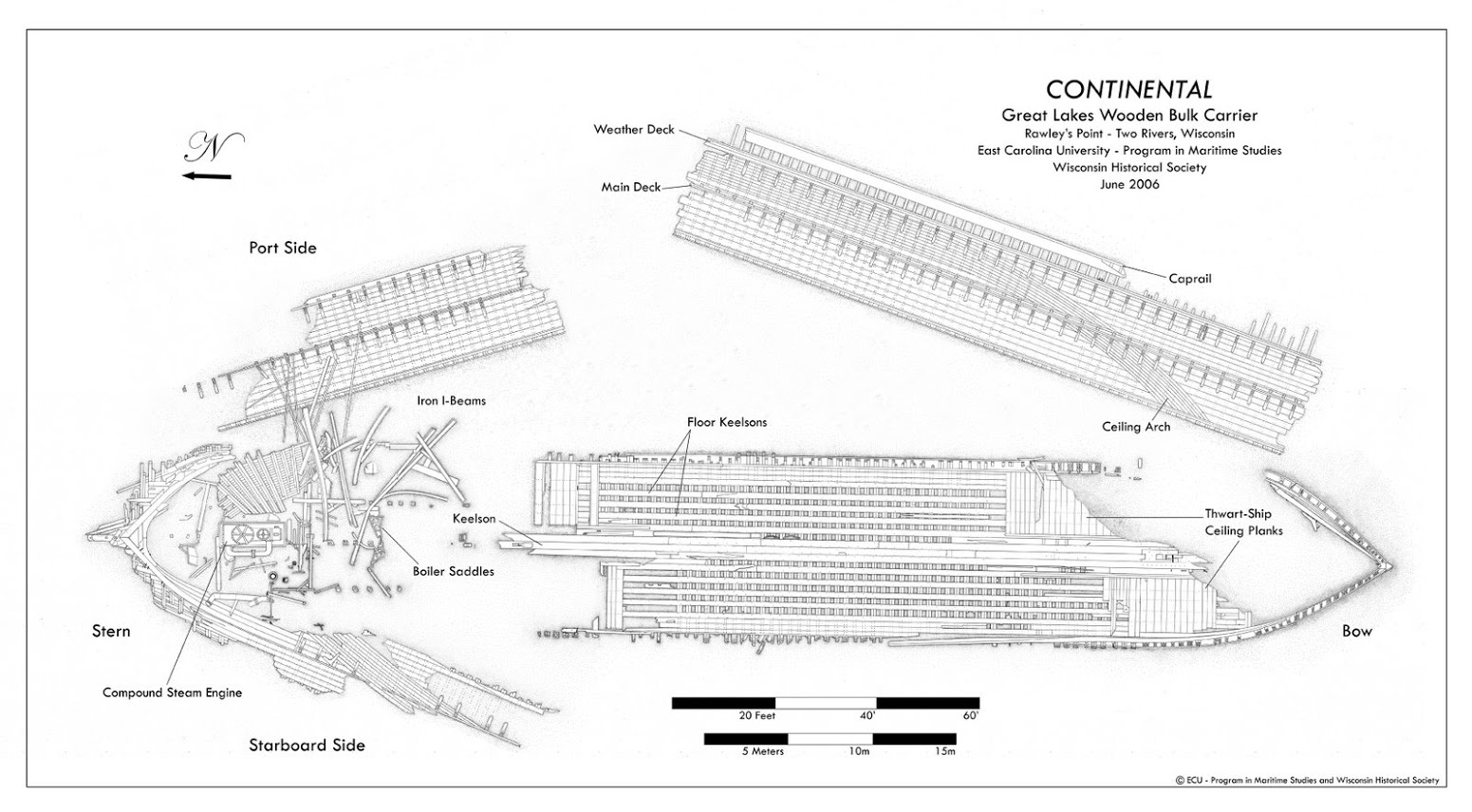
Site Plan of the Wreck of the Continental
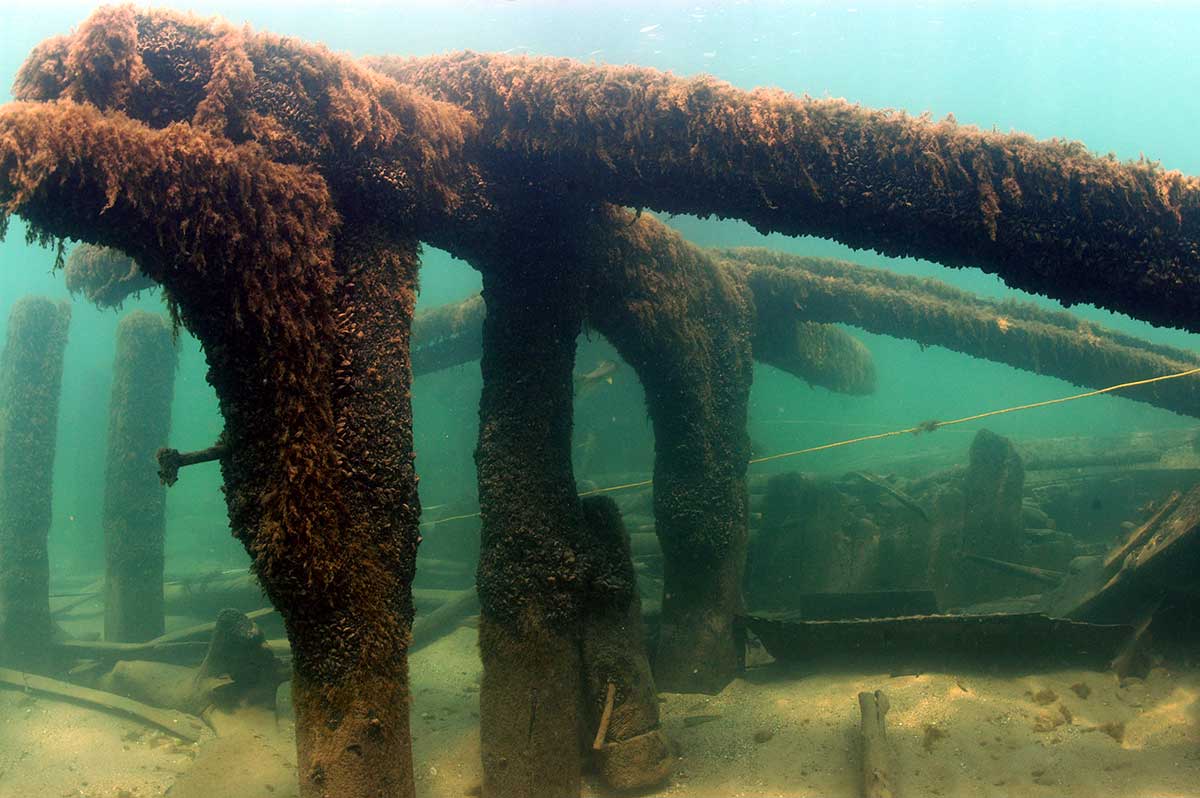
View Through Continental's Floor
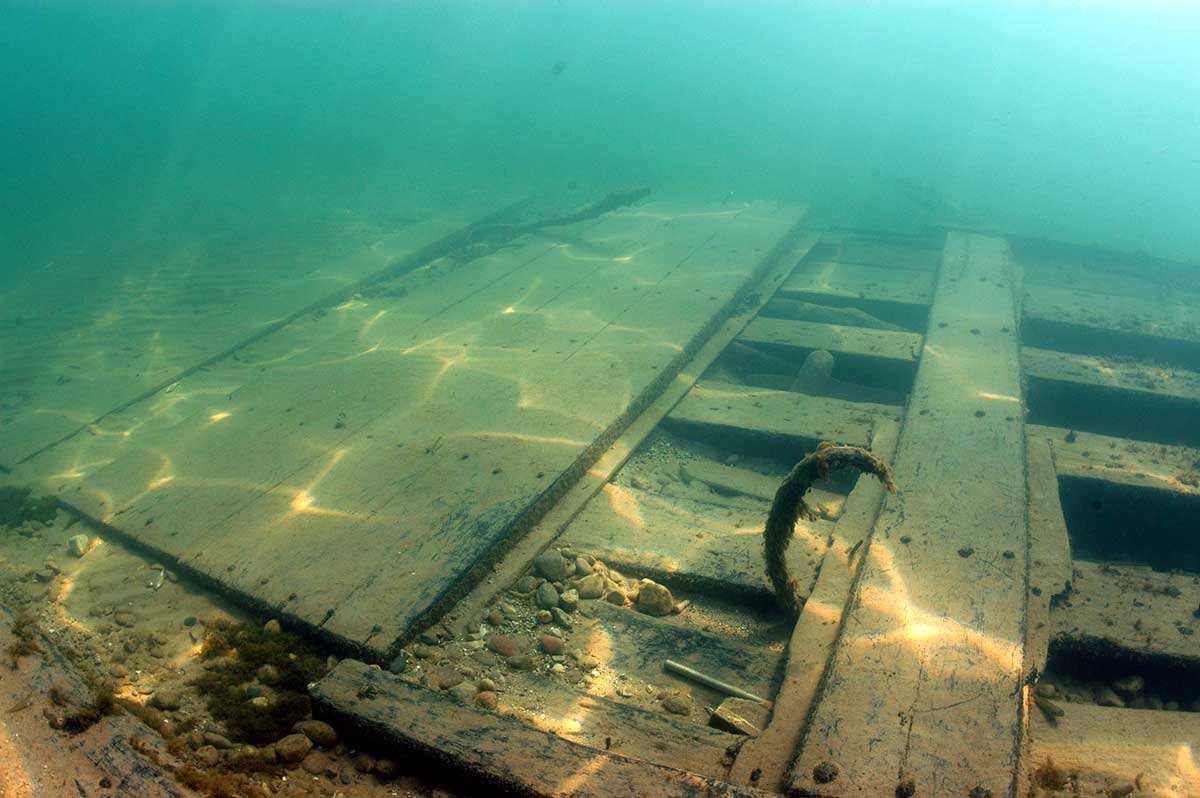
Floor and Floor Keelsons
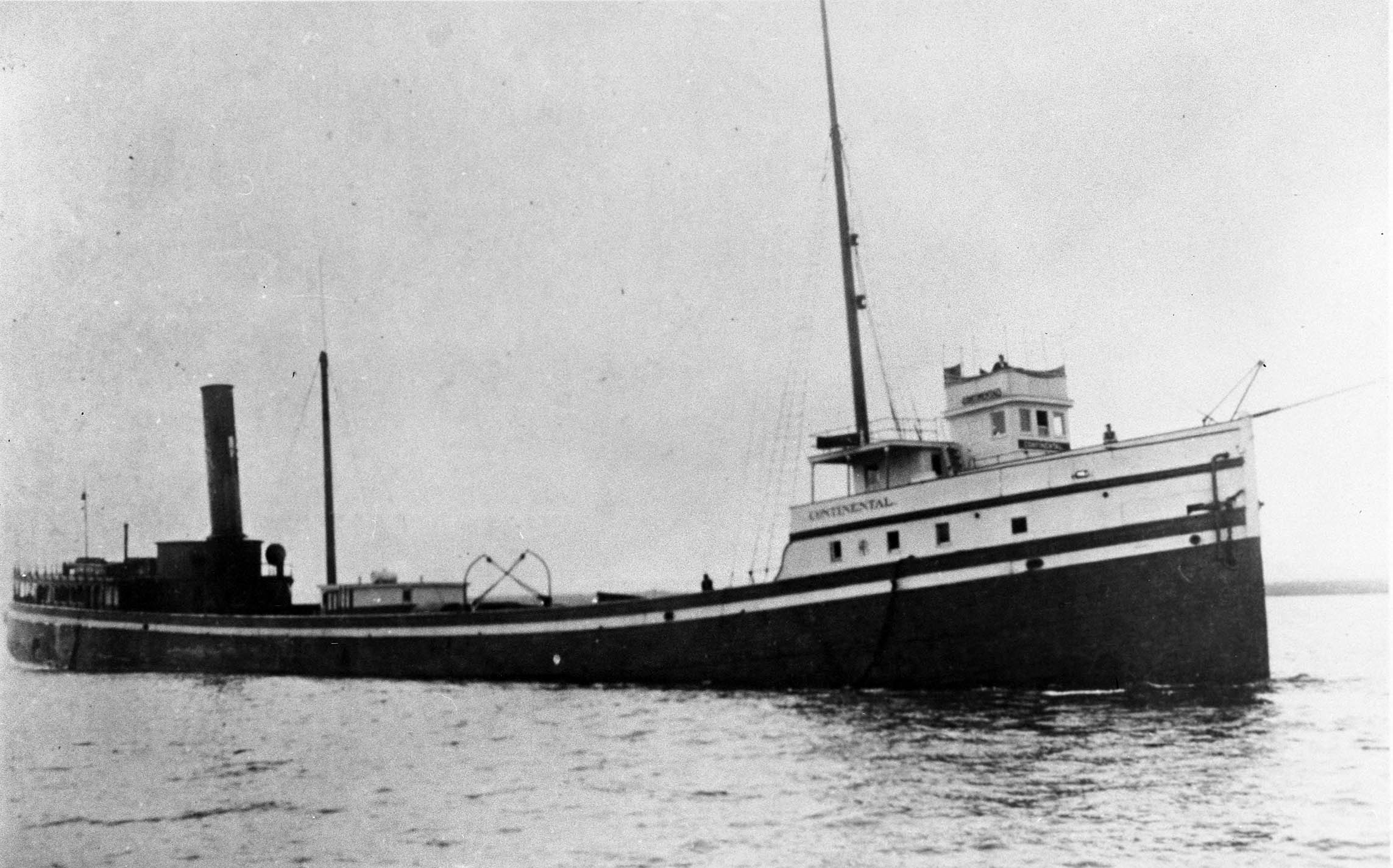
Continental Under Way
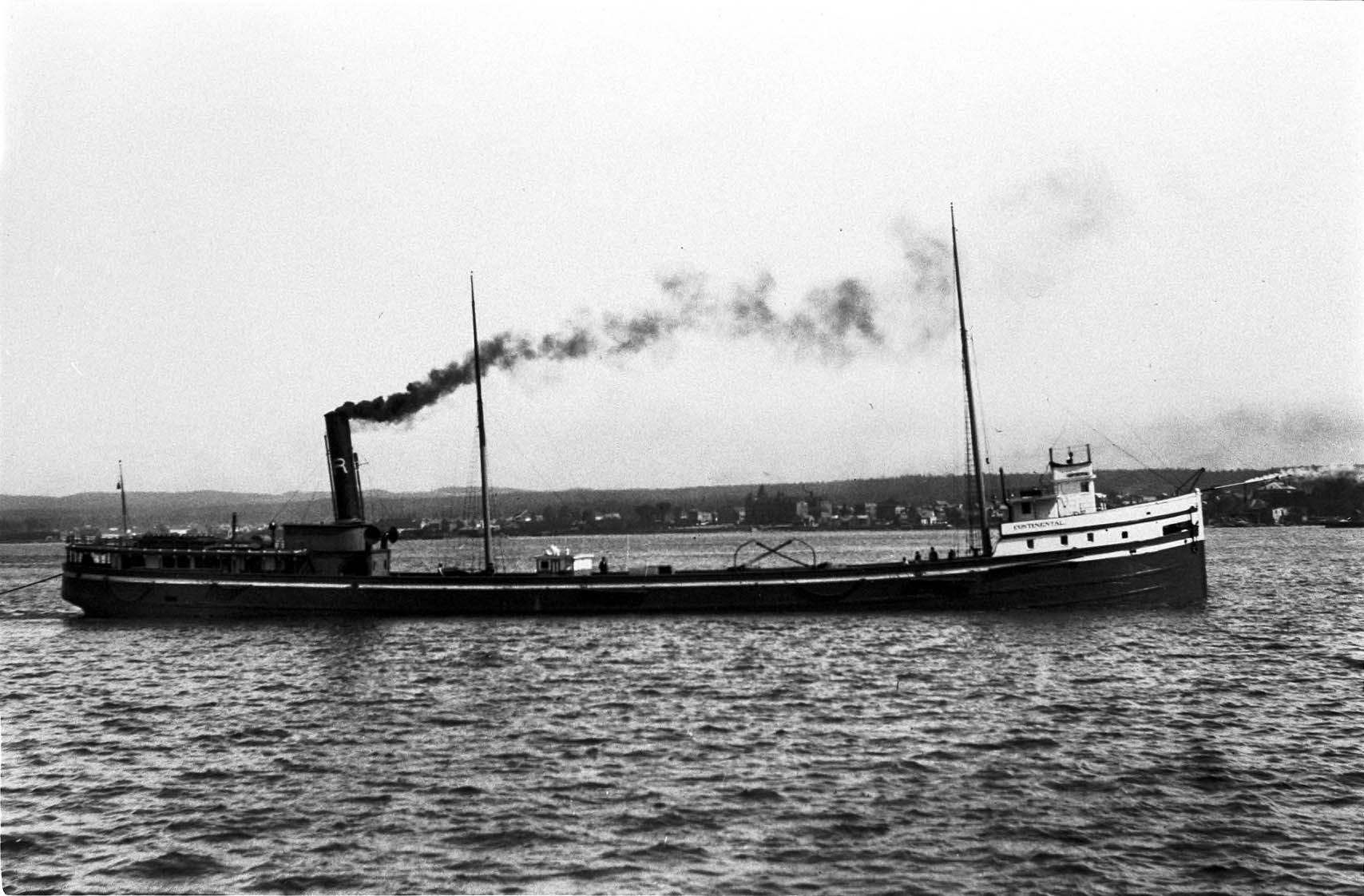
Steamer Continental
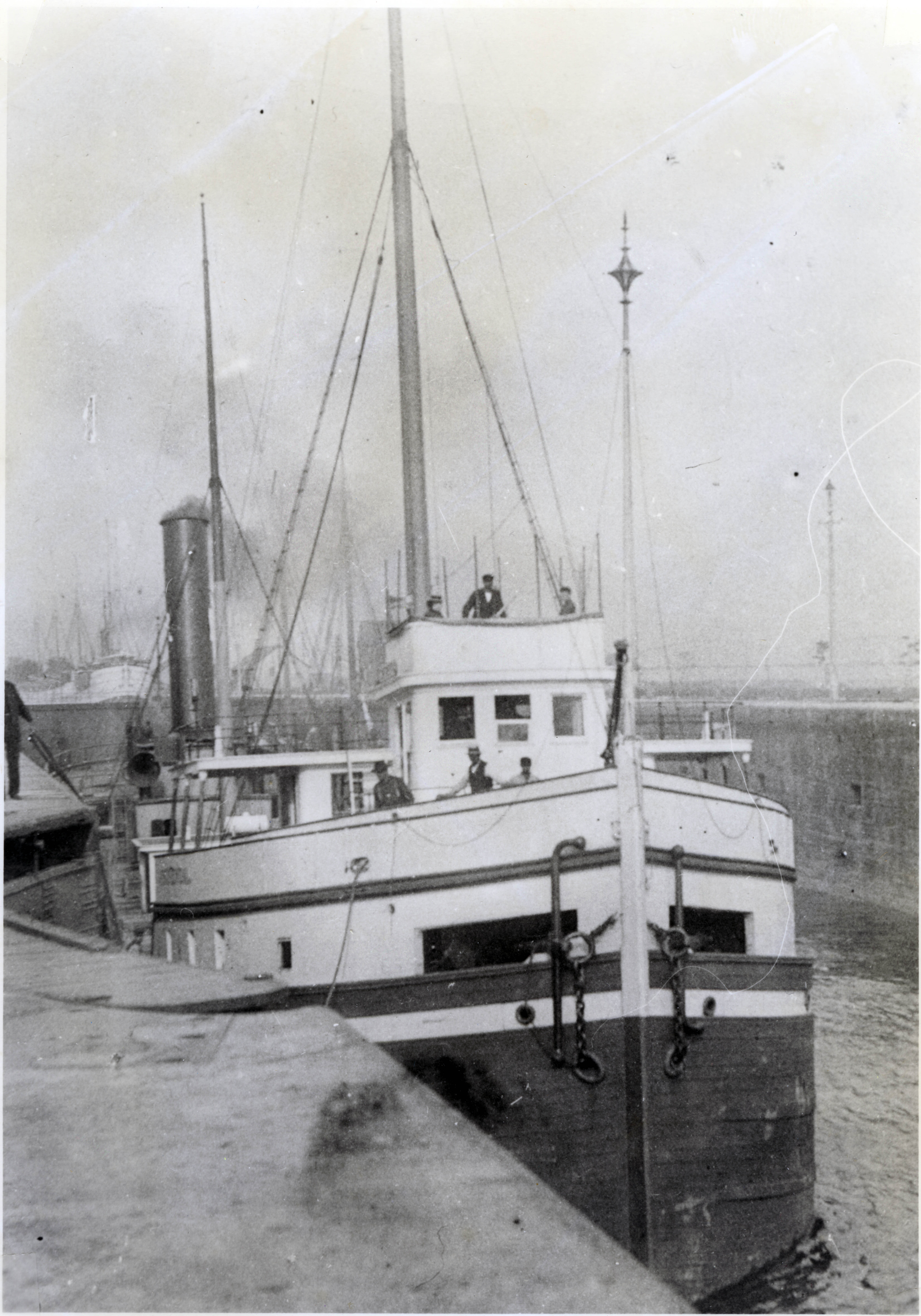
Continental Travels Down the Locks
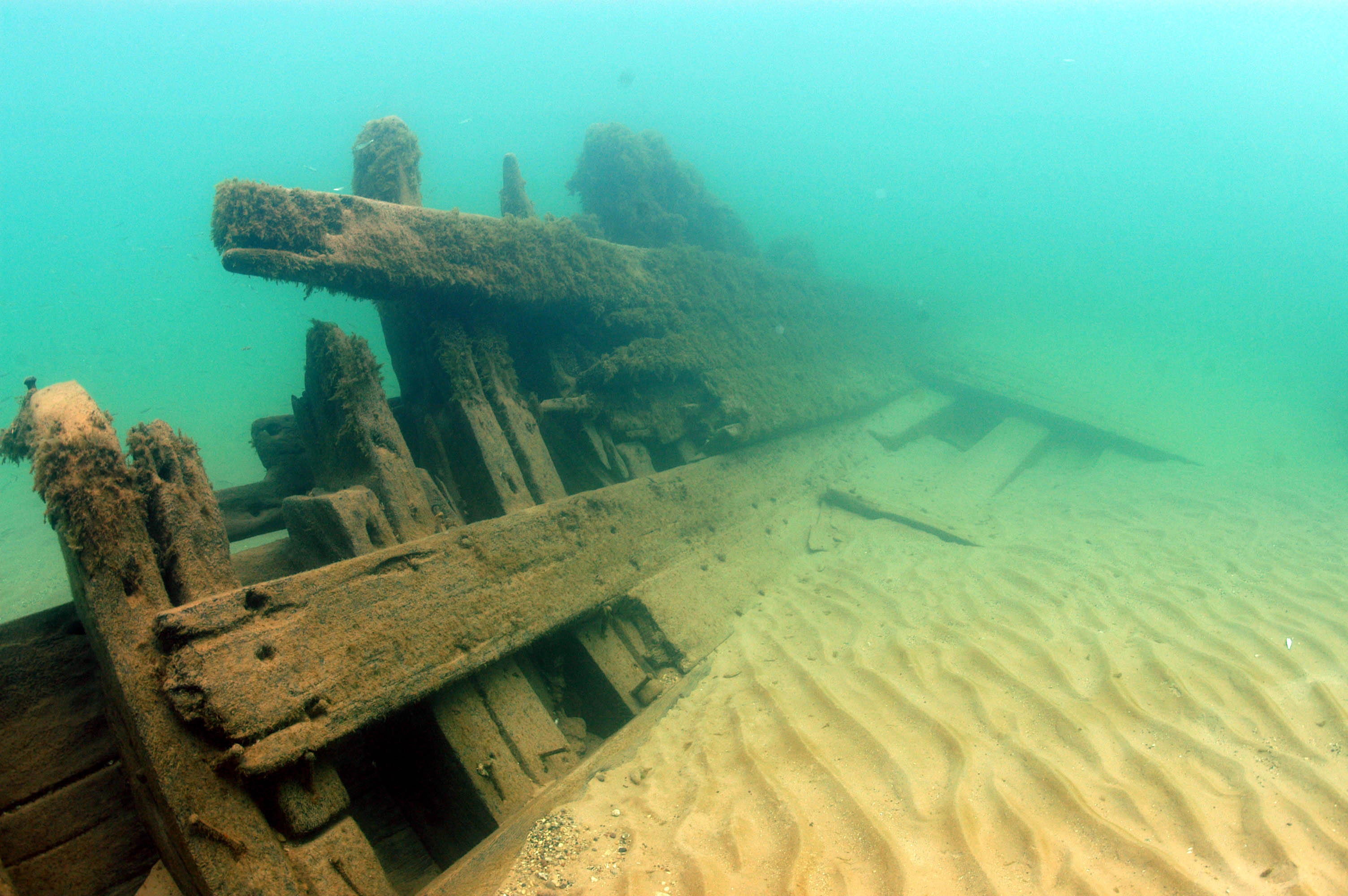
Broken up Stern Frames and Ceiling Planking
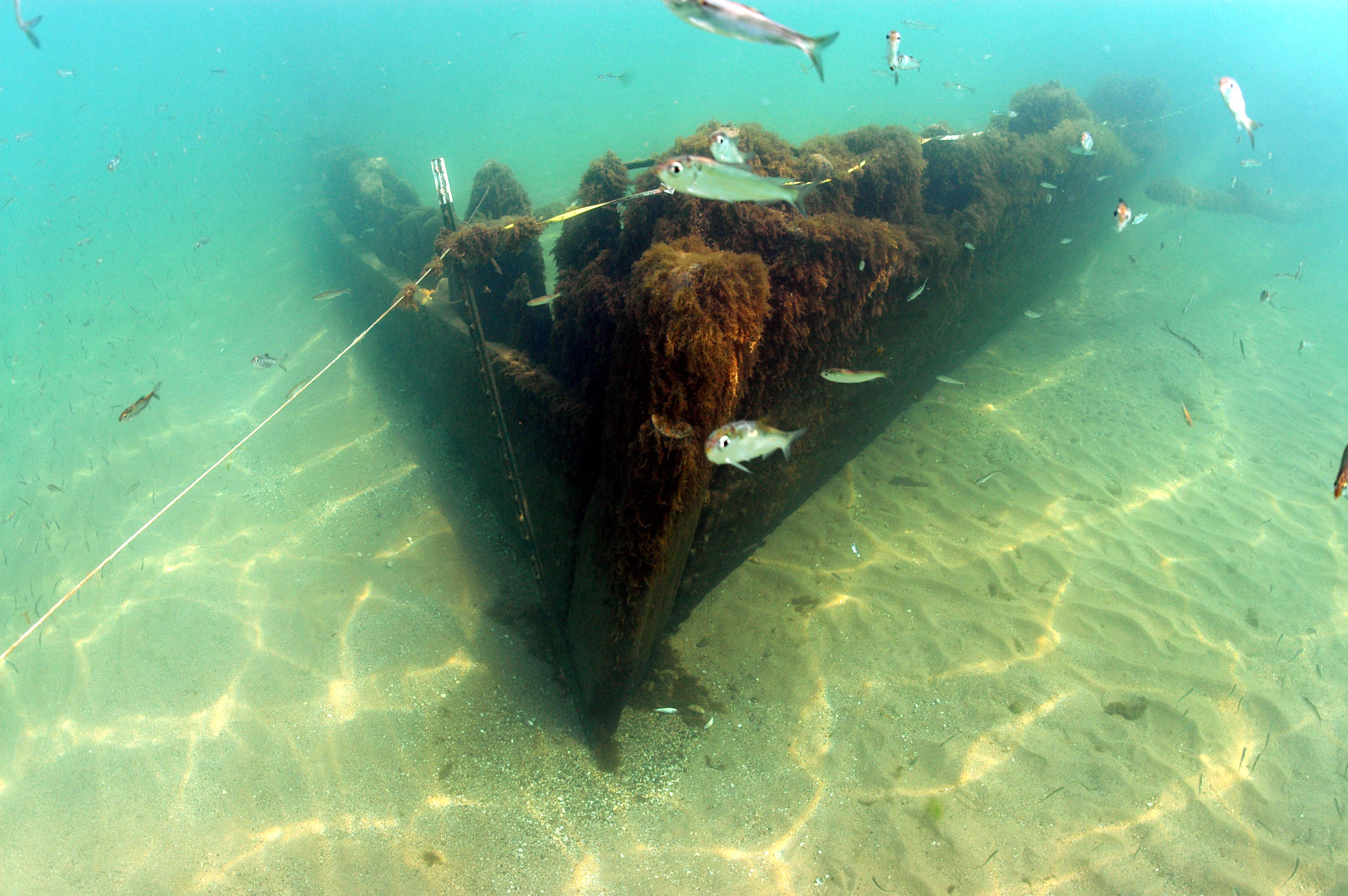
Bow of the Continental
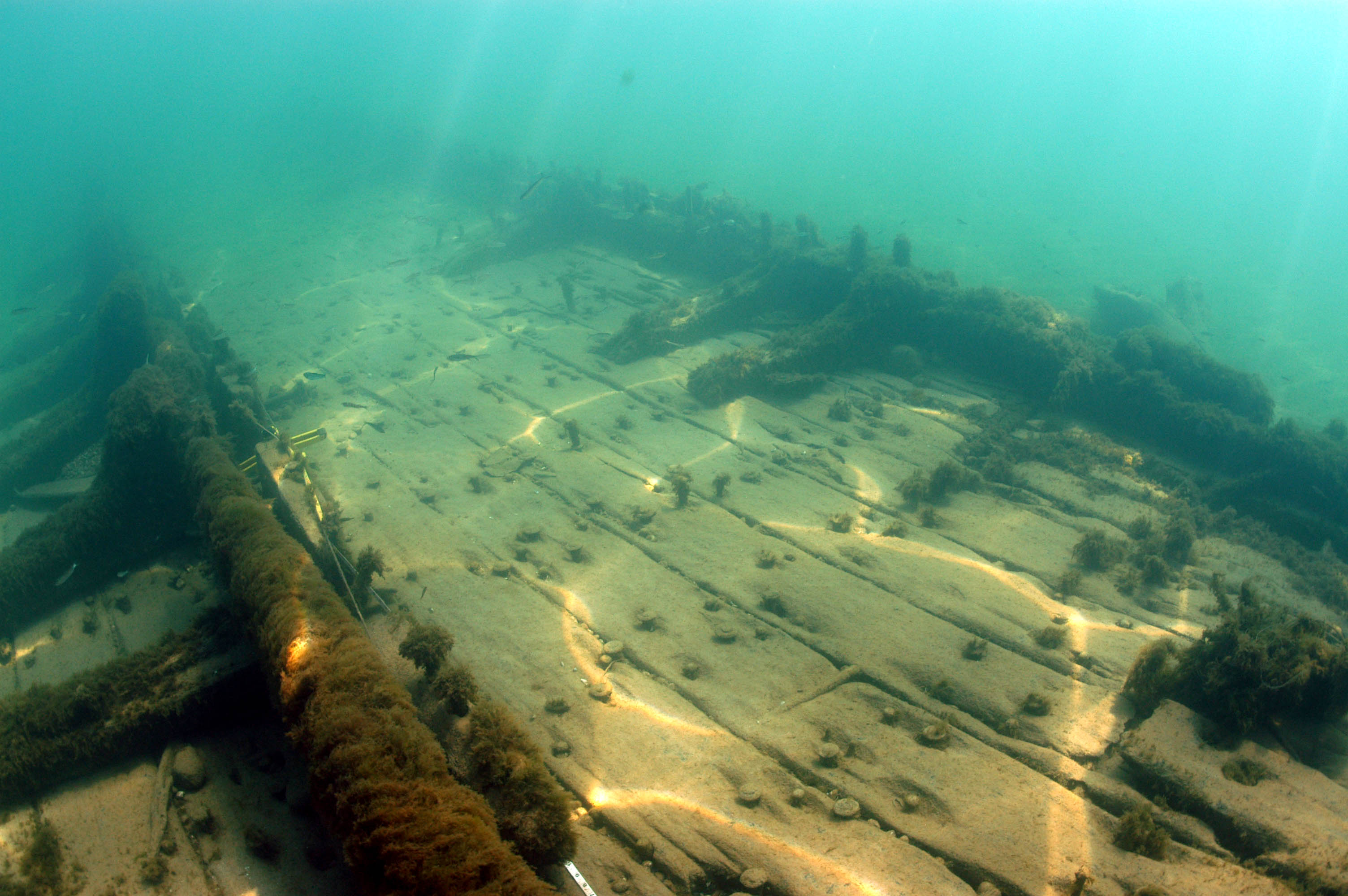
Part of Continental's Main Deck
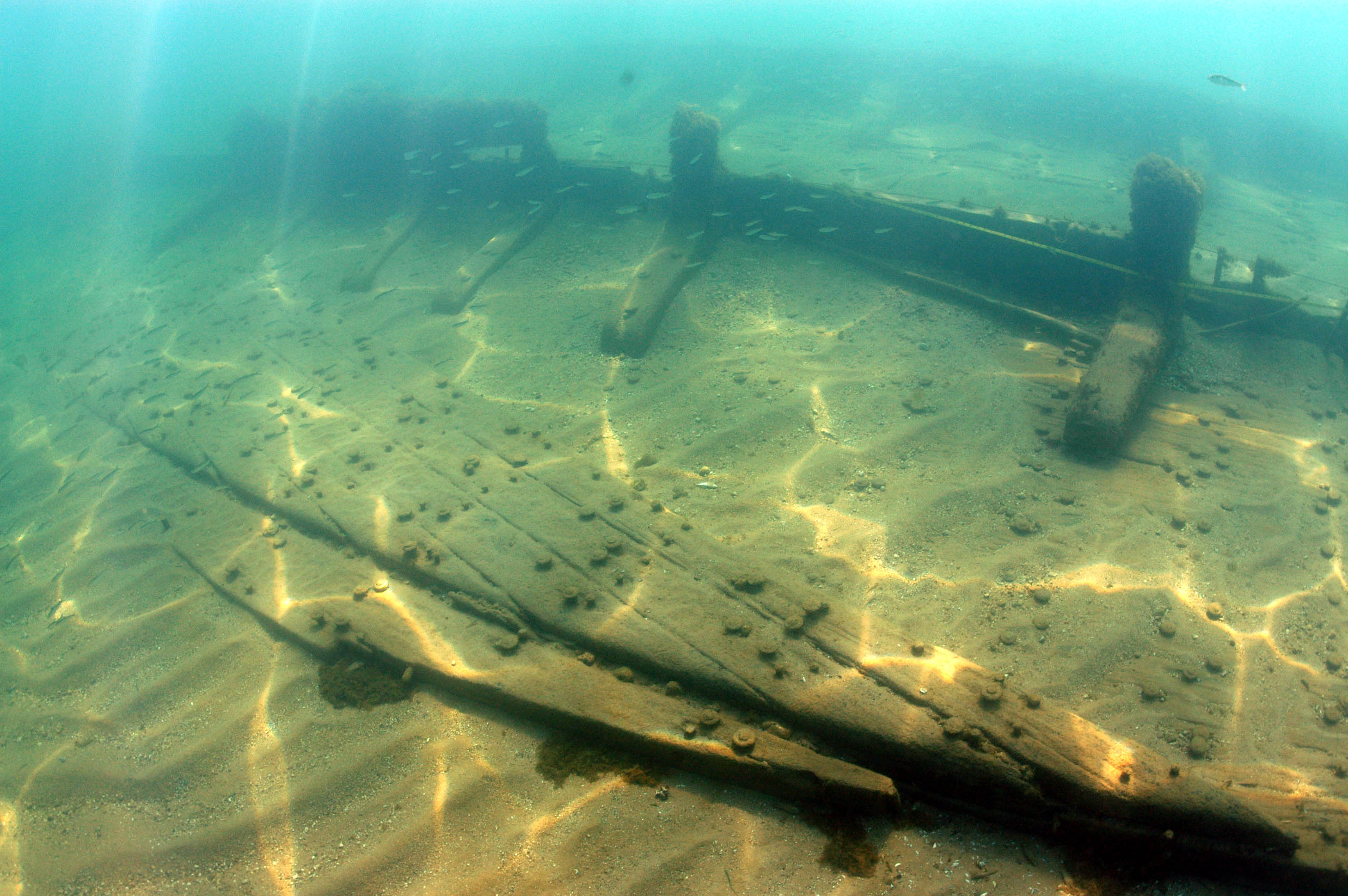
Part of Continental's Starboard Deck
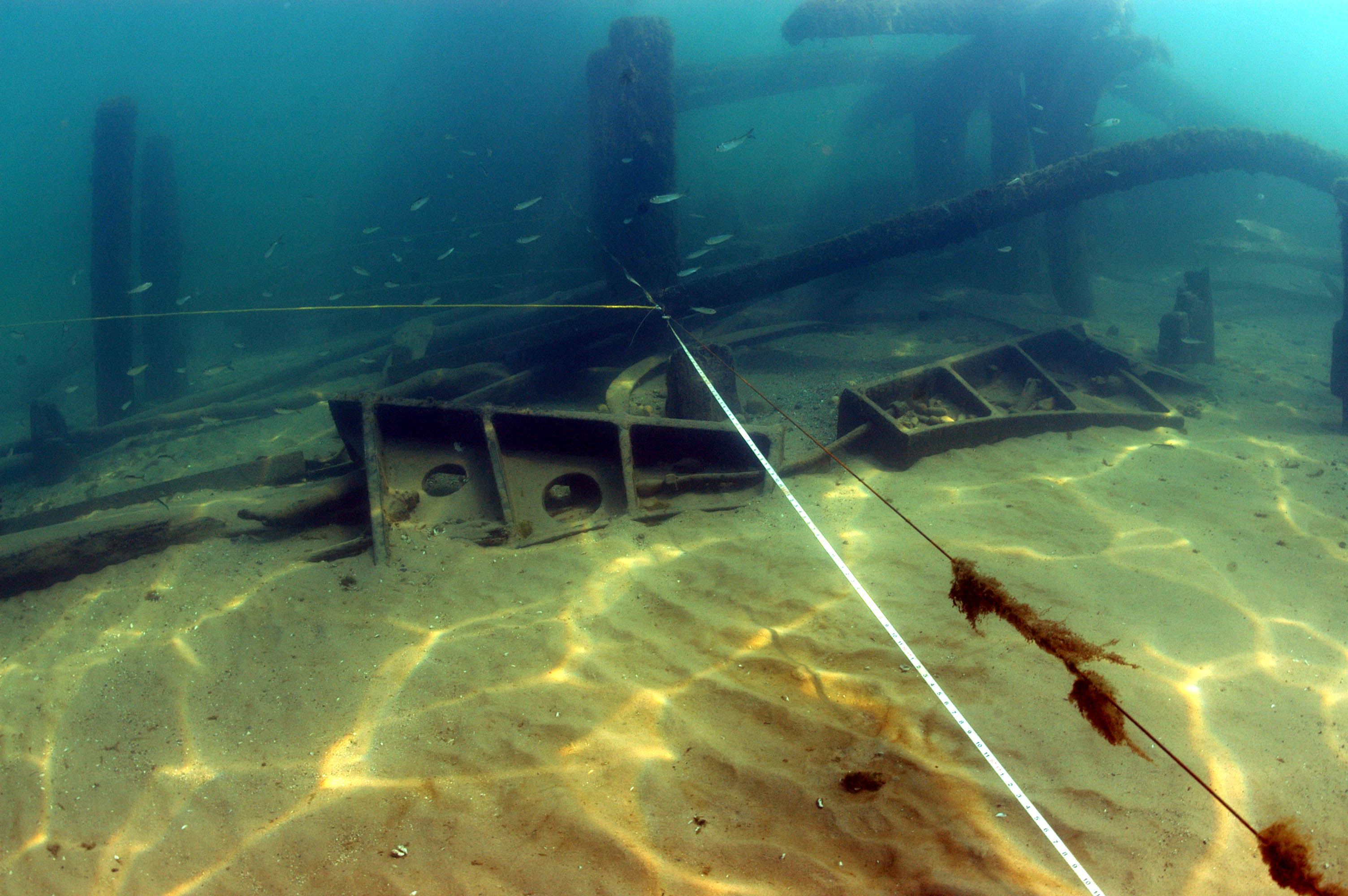
View of Continental's Boiler Saddles
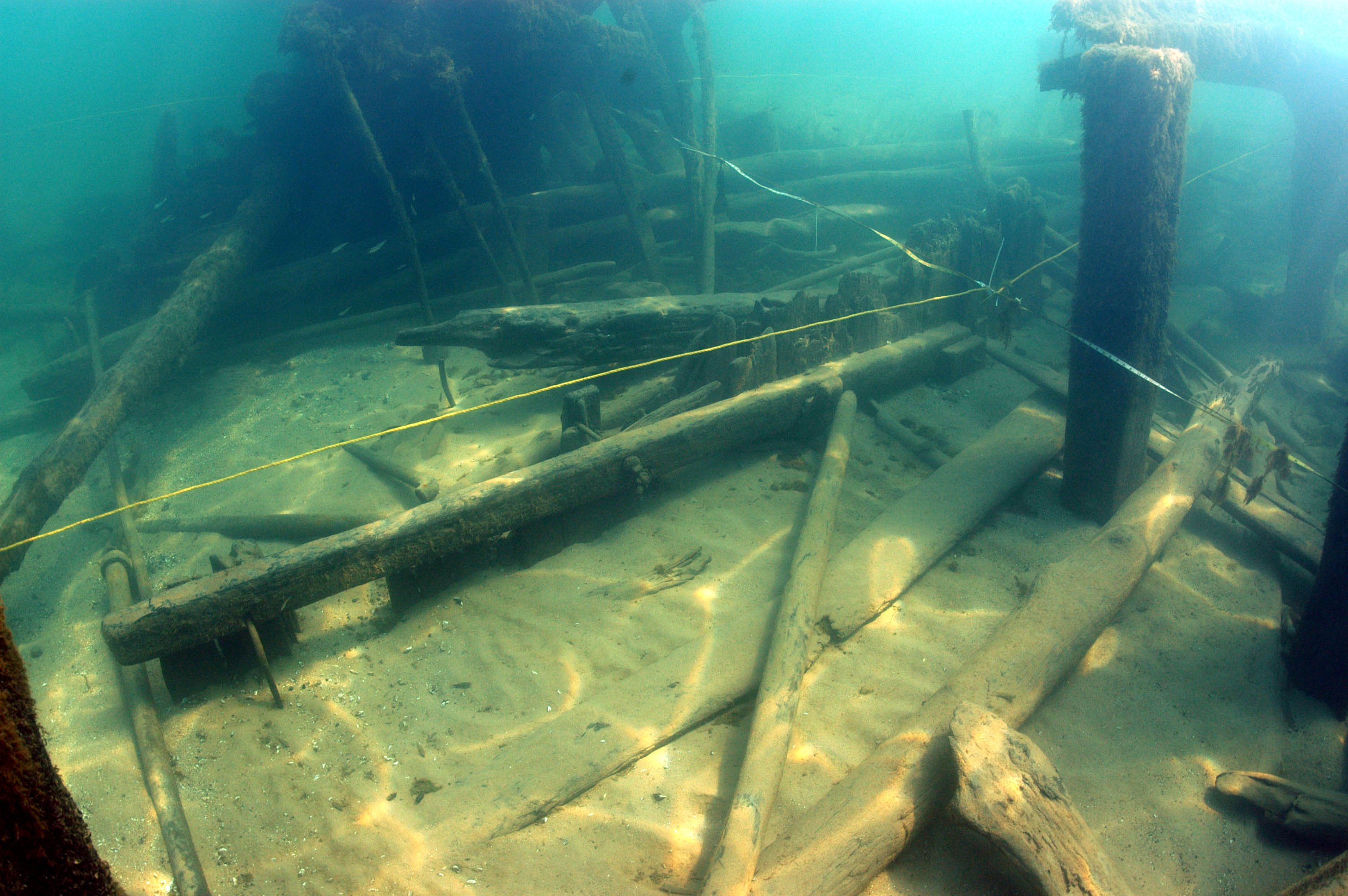
Broken Machinery and Iron I Beams
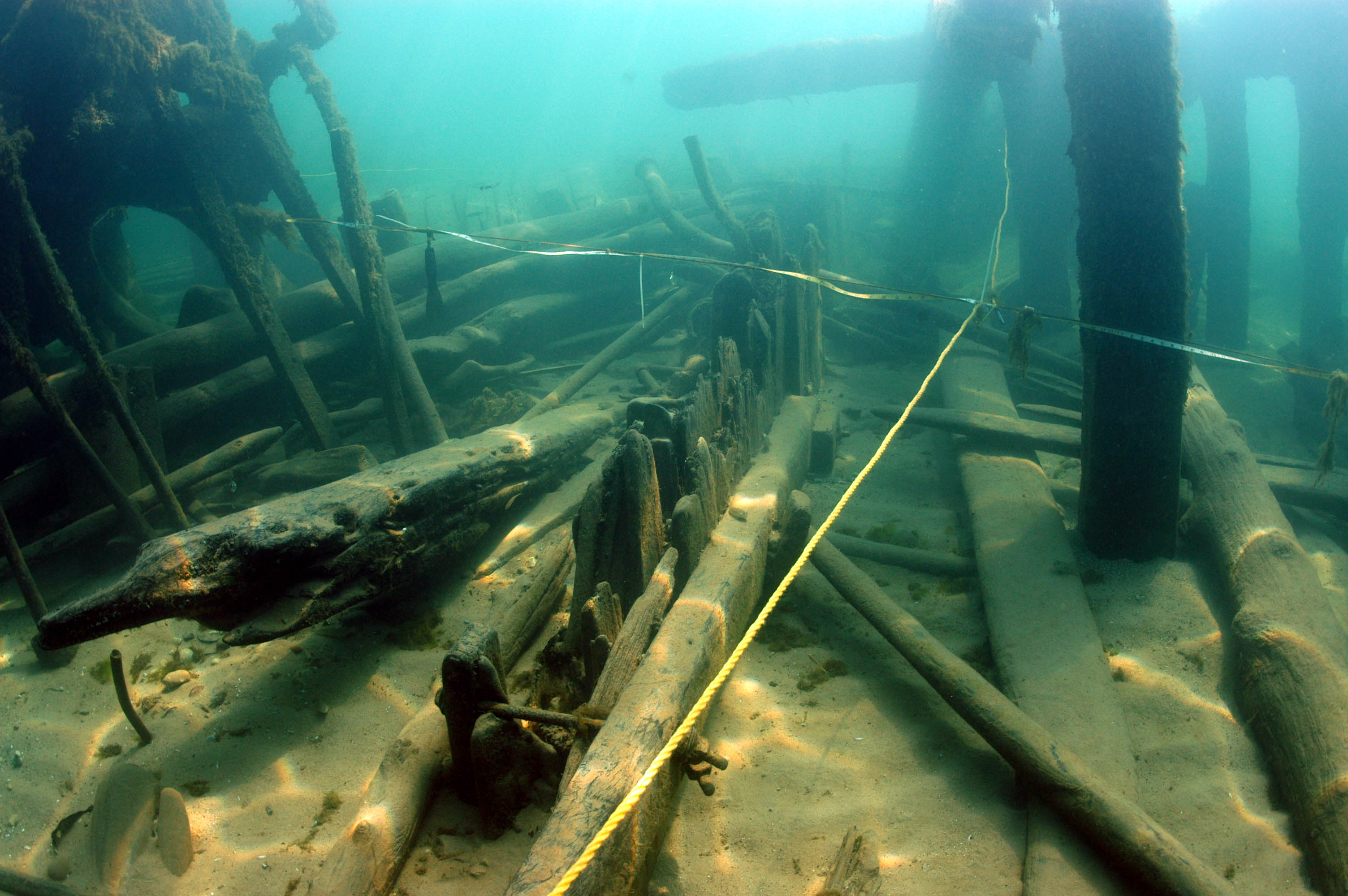
Another View of Continental's Broken up Machinery and I-Beams
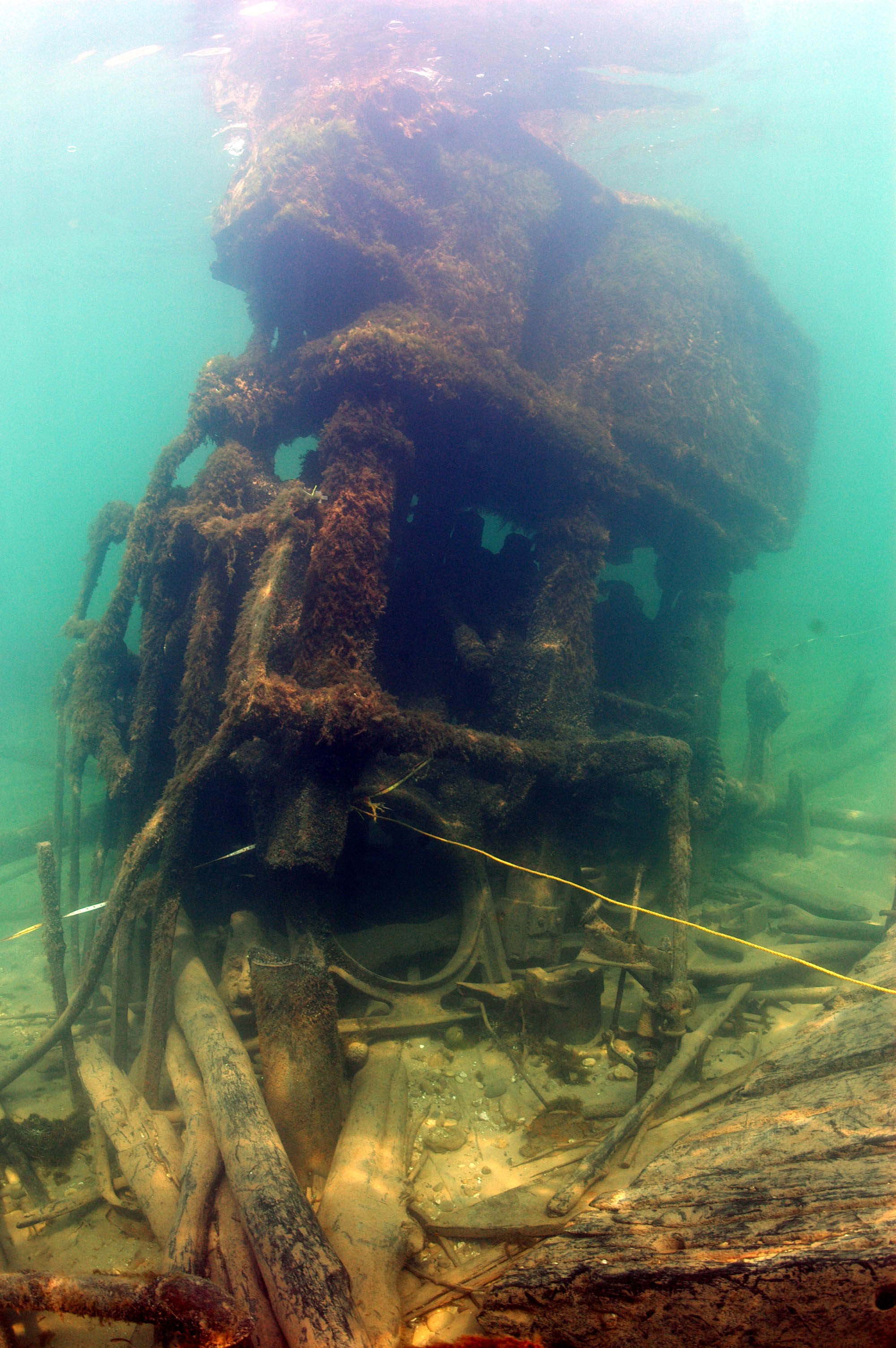
Continental's Compound Steam Engine
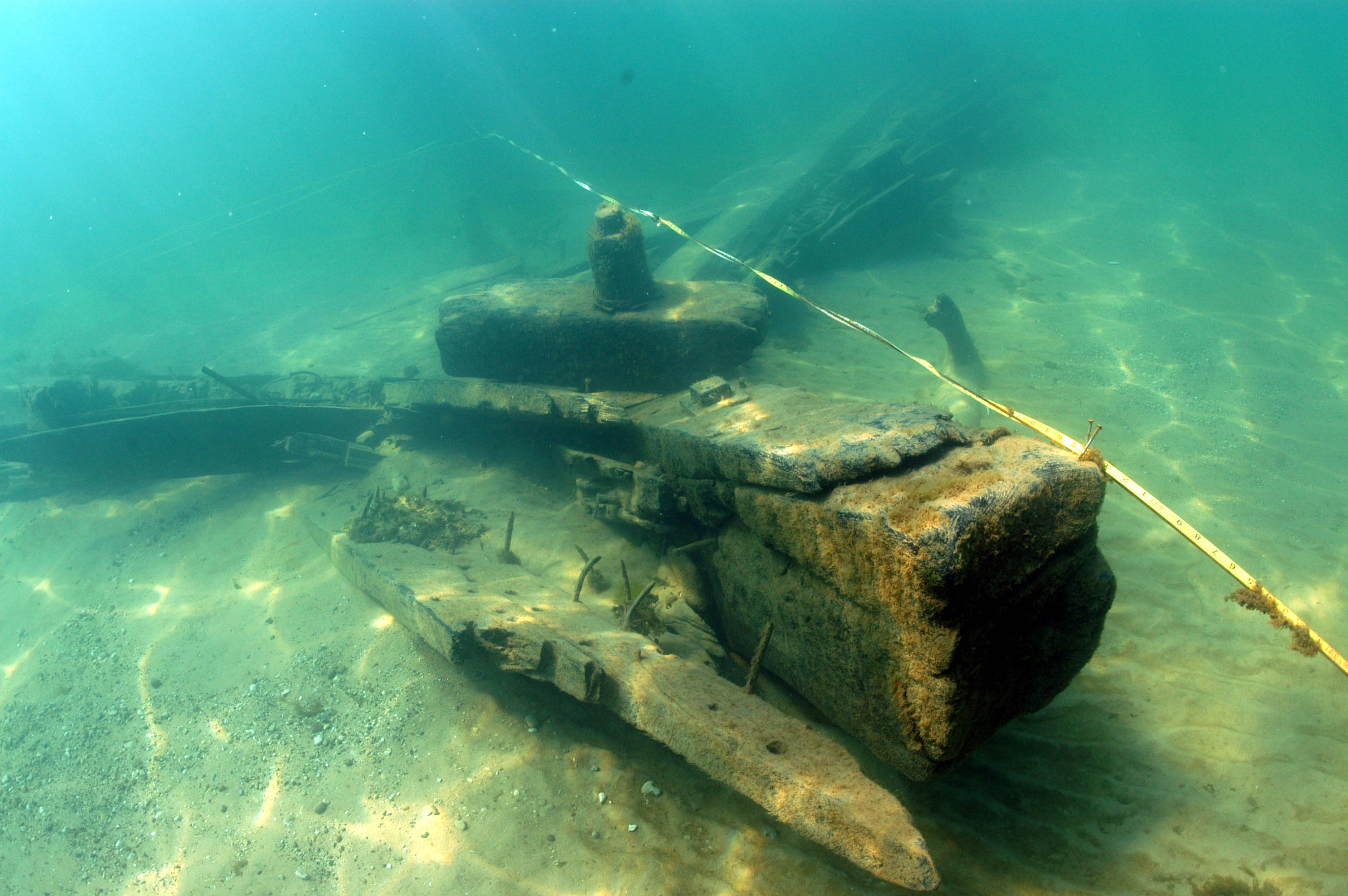
Continental's Stern
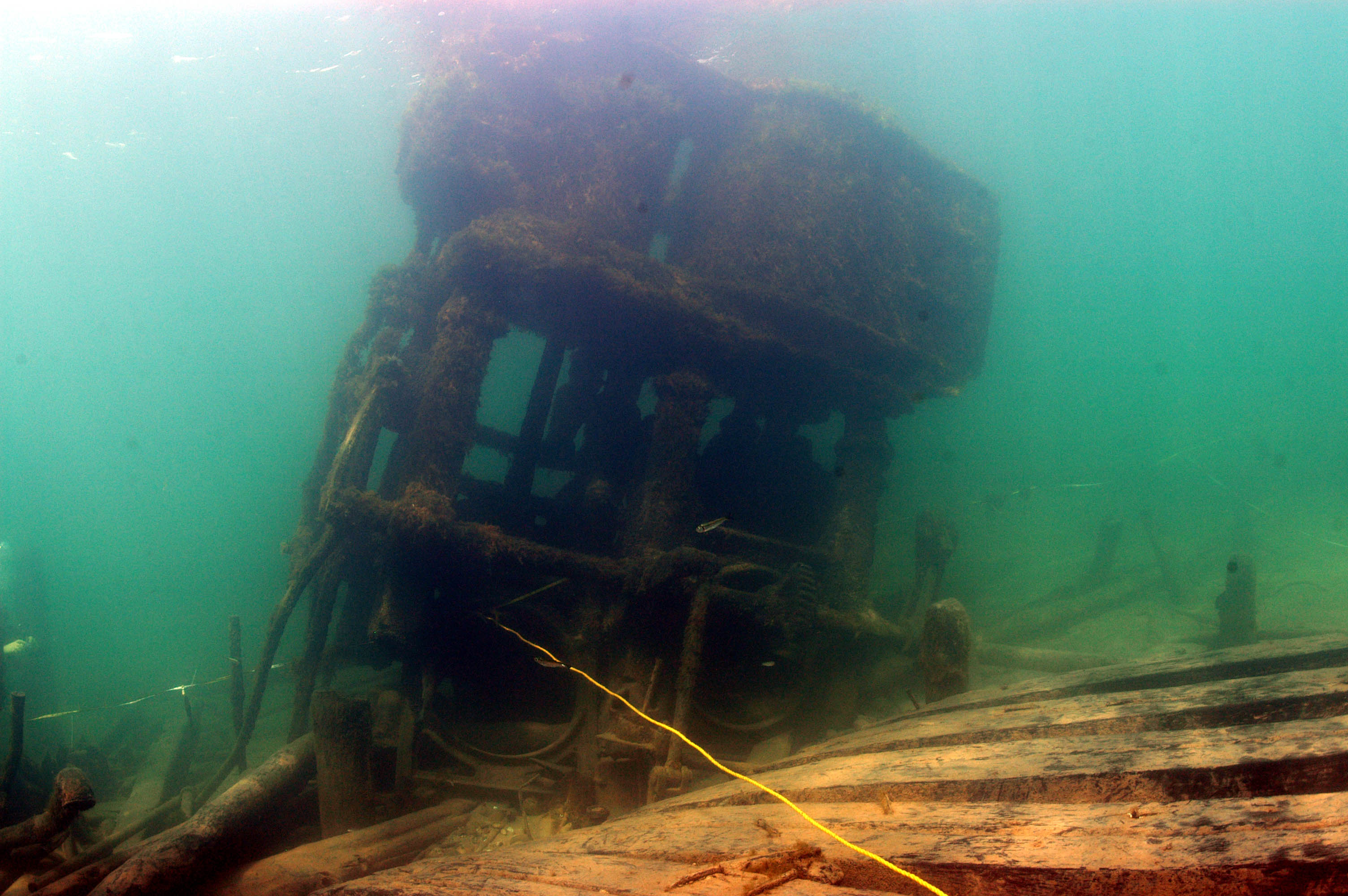
Wider view of Continental's Compound Steam Engine
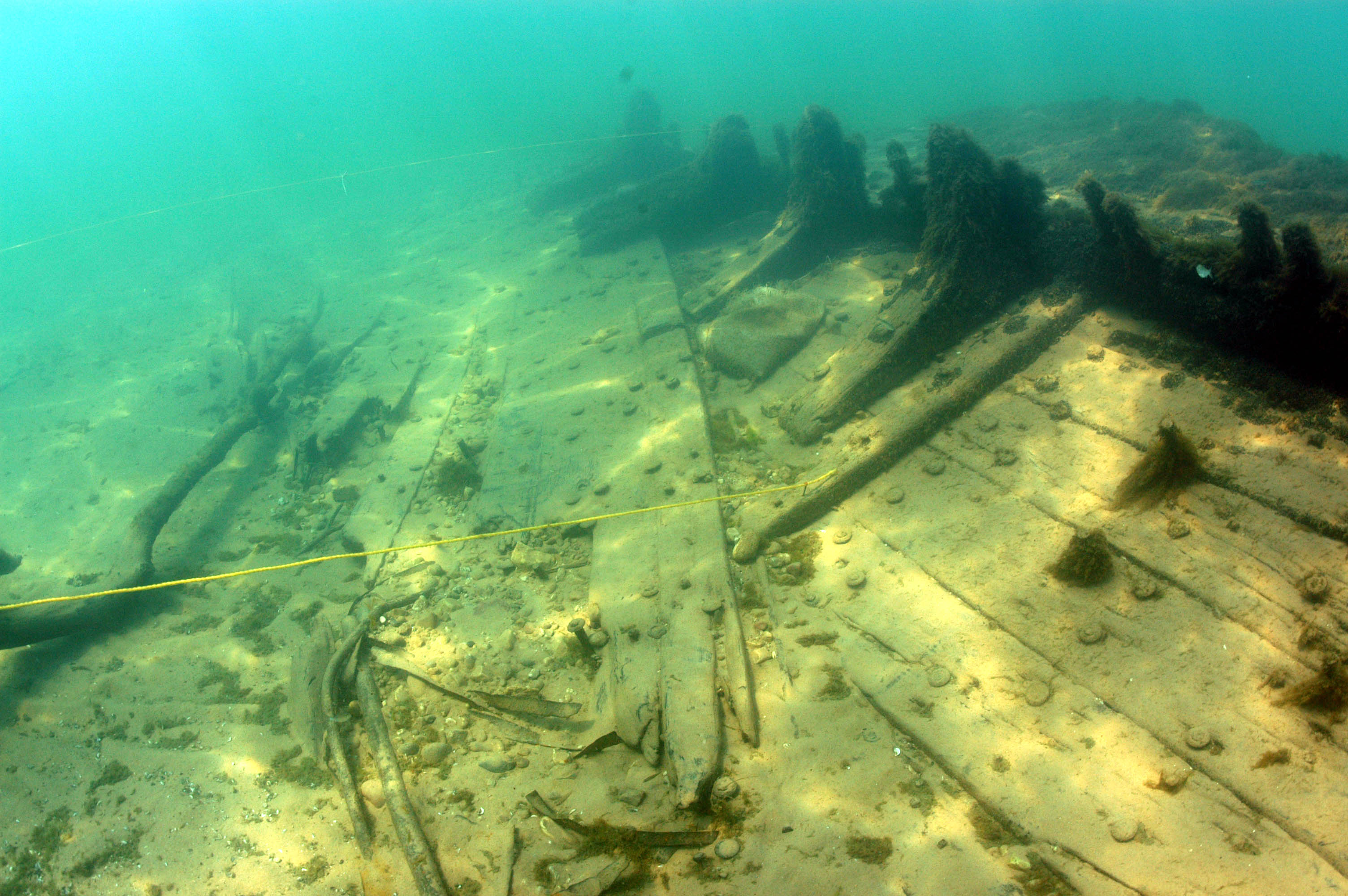
Ceiling Planking and Hanging Knees

 Confirmed Location
Confirmed Location
 Unconfirmed location
Unconfirmed location